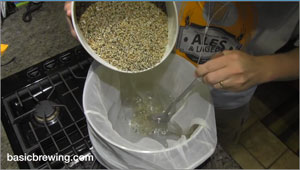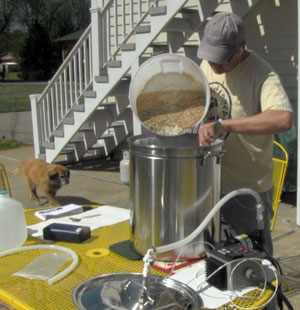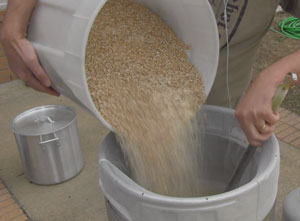One thing that attracts me to “West Coast” pale ales and IPAs is the citrus character of their hops. I remember brewing my first pale ale with Amarillo back in the day, and I was amazed by the amount of grapefruit flavor and aroma coming out of my pint glass. In order to chase that fruit character, I decided to play with some juice.
As Chris noted in an earlier story on brewing fruit beers, you can use peel, flesh, juice or extract from fruit to achieve a fruity flavor. Back in 2014, I brewed a pineapple saison using a quart of frozen pineapple juice added at the end of the boil. This was inspired by an interview with homebrewers Brook Baber and David Bauter on Basic Brewing Radio about their method of brewing graf, a fictional beverage envisioned by Stephen King’s “The Dark Tower” series. Brook and David froze fruit juice in plastic bags and added it to the end of the boil to help jump start the chilling process. The technique worked well for my saison, so I decided to adopt it for my grapefruit pale ale. [Read more…]











Recent Comments